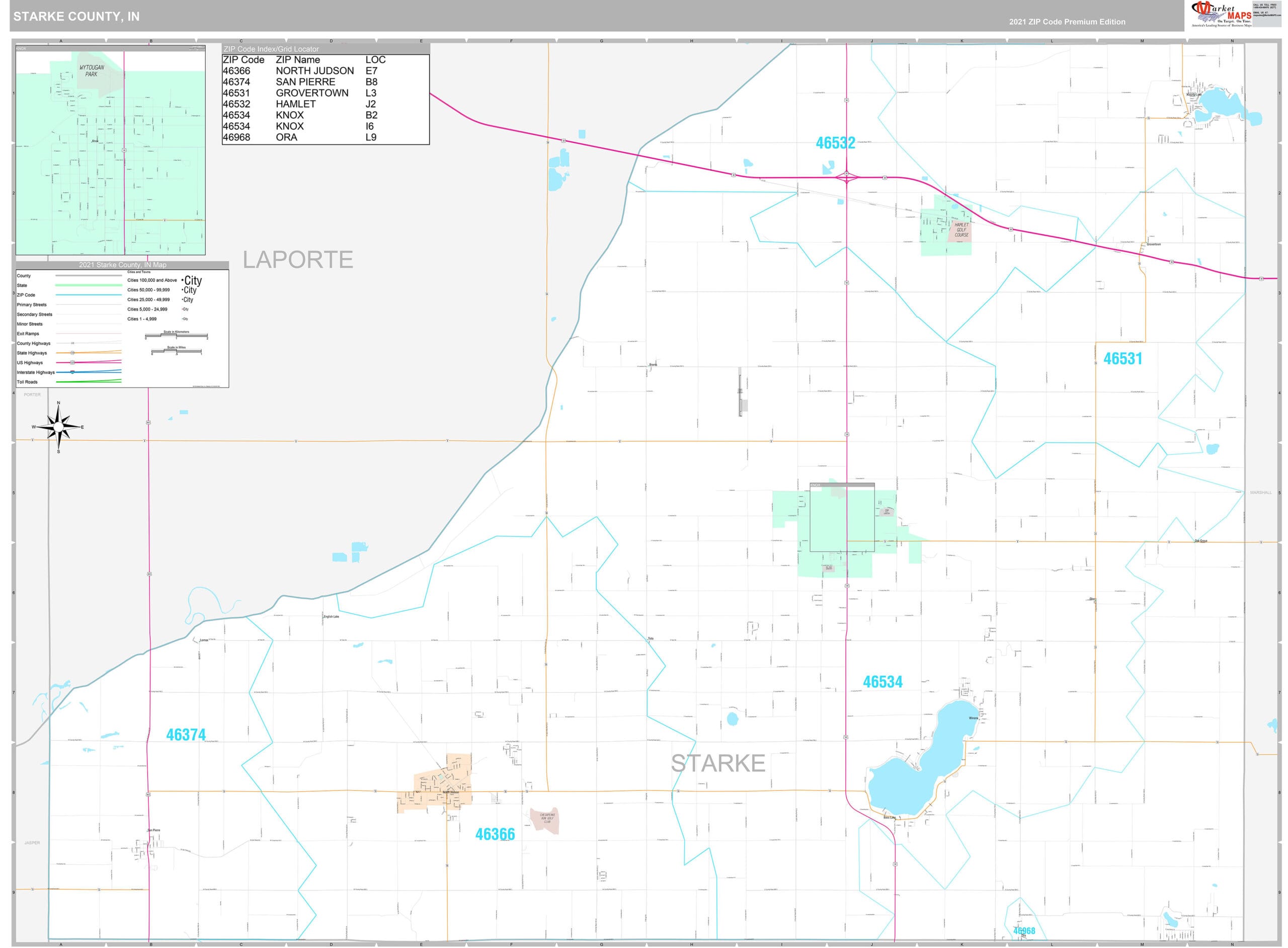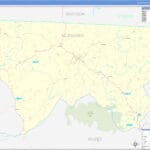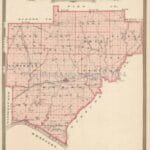Starke County’s Geographic Information System (GIS) offers a powerful lens through which to understand and interact with the community. More than just maps, it’s a dynamic system for visualizing and analyzing location-based data, revealing hidden patterns and connections within the county. This comprehensive guide explores the data available, its practical applications, and the future of GIS in Starke County.
Exploring Starke County’s Data Treasures
Starke County GIS offers a treasure trove of information, readily available to the public. From property lines and zoning details to environmental features and infrastructure, the system connects data to location, providing valuable insights. This allows residents and professionals alike to understand how different factors relate to each other, informing decisions related to development, planning, and resource management. Let’s delve into the specifics of this data and how to access it.
Uncovering Property Secrets
One of the most powerful features of the system is its comprehensive property data. Imagine zooming in on any parcel of land and instantly accessing a wealth of information: ownership details, property lines, assessed values, tax history, easements, and restrictions. This data empowers informed decision-making for prospective homeowners, real estate professionals, and anyone interested in land use in the county.
Beyond Property Lines: Infrastructure and Environment
Starke County GIS extends beyond property lines, encompassing infrastructure and environmental data. Information about underground utilities, pipelines, and cables – likely accessible through sanitary engineer data – is crucial for planning and maintenance. Furthermore, the GIS probably holds valuable environmental data, including information on wetlands, floodplains, soil types, and areas of environmental concern. While this data may not be as readily documented online, it represents a significant resource for understanding and protecting the county’s natural resources.
Navigating the GIS Landscape
The primary access point for this data is the Starke County online map interface at starkein.wthgis.com. This user-friendly platform allows searches by address, intersection, parcel number, or owner name. While the full extent of available data may not be immediately obvious, the intuitive search functionality makes exploration relatively straightforward. For even more specialized data, commercial platforms like Acres and Mapping Solutions GIS offer additional layers of detail, including plat maps, ownership histories, and recent sales data. These services, which may require subscriptions, function like specialized tools, providing a more focused view of specific aspects of the county’s landscape.
| Resource | Description |
|---|---|
| Starke County GIS Portal | Central hub for accessing interactive maps and searching for property information. |
| Commercial Platforms (e.g., Acres, Mapping Solutions GIS) | Offer specialized data like plat maps, ownership histories, and sales records. May require subscriptions or fees. |
Putting Starke County GIS to Work
The true power of GIS lies in its practical application. It’s not just about seeing the data; it’s about using it to make informed decisions and improve the community. From precision agriculture and economic development to emergency response and infrastructure planning, GIS offers data-driven solutions for a wide range of challenges.
Real-World Applications
Consider how farmers might leverage GIS technology to analyze soil types, elevation, and water resources, optimizing irrigation and maximizing crop yields. County planners can use GIS to strategically identify suitable locations for new businesses, fostering economic growth. In emergencies, first responders can rely on real-time GIS data for efficient navigation and resource allocation, potentially saving lives.
Here are some examples of GIS applications in Starke County and similar areas:
- Precision Agriculture: Optimizing crop management through detailed soil analysis and targeted irrigation.
- Economic Development: Identifying optimal locations for new businesses and analyzing market demographics.
- Environmental Management: Monitoring water quality, tracking invasive species, and planning conservation efforts.
- Emergency Response: Providing real-time information to first responders during emergencies.
- Infrastructure Planning: Analyzing traffic patterns and optimizing road networks for improved transportation efficiency.
Public Safety: A Closer Look
The Starke County Sheriff’s Office maintains a separate GIS-based crime mapper, providing a dedicated platform for exploring public safety data. This resource focuses on crime statistics and incident locations, enhancing transparency and community awareness. While other county departments, like the Assessor and Sanitary Engineer, are expected to integrate their data in the future, exploring existing resources can offer valuable insights into property values, taxes, wastewater management, and drainage. You can delve into similar applications with the Shenandoah County VA GIS and explore property records with the interactive Spotsylvania County GIS map.
The Future of Starke County GIS
Starke County GIS is a dynamic system, constantly evolving to meet the community’s needs. Ongoing research suggests future development will focus on expanding data collection, incorporating new technologies, and improving user accessibility. Emerging trends like drone technology, 3D modeling, and real-time data streams promise to enhance the system’s capabilities and further integrate GIS into daily life.
Emerging Technologies and Possibilities
Imagine high-resolution imagery from drones creating incredibly detailed 3D models of the county, enabling precise measurements and a deeper understanding of the terrain. Real-time data streams could provide dynamically updating maps, reflecting current conditions like traffic flow or weather patterns. While these technologies are still developing, they suggest a future where GIS becomes even more integrated into our lives, empowering data-driven decisions.
Community Involvement and Accessibility
Some experts believe that increased community involvement could further enhance the GIS. Citizen contributions, such as reporting local issues or sharing local knowledge, could lead to more accurate and comprehensive data. Ongoing research also explores ways to make GIS data more accessible to the public through interactive dashboards and simplified interfaces.
While this guide provides a comprehensive overview of Starke County GIS, the system is constantly evolving. It’s always advisable to consult the official Starke County website and contact GIS officials for the most up-to-date information. By staying informed about these advancements, you can unlock the full potential of this powerful resource and gain valuable insights into Starke County.
- Red Cloud, NE: Discover Willa Cather’s Legacy - April 11, 2025
- Remember Old Social Media Sites? Their Rise and Fall - April 11, 2025
- How many days till Feb 3?Accurate Countdowns & Tools - April 11, 2025
















